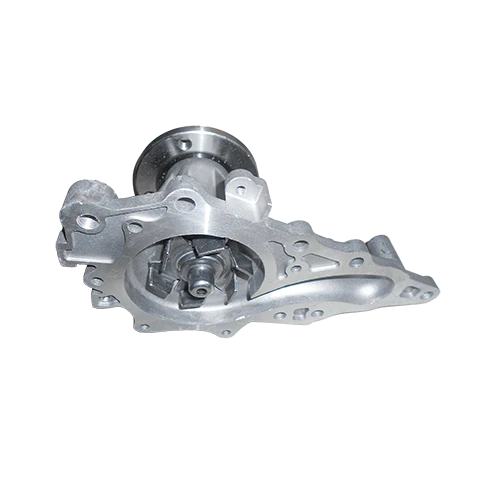Mobile:+86-311-808-126-83
Email:info@ydcastings.com
low temperature metal casting
Low Temperature Metal Casting Innovations and Applications
Low temperature metal casting is a technique that has garnered increasing attention in the field of metallurgy and manufacturing. Traditional metal casting often involves high temperatures, requiring extensive energy input and sophisticated equipment. However, advancements in material science and casting technologies have led to the development of low temperature casting methods that offer numerous advantages. This article explores the fundamentals of low temperature metal casting, its benefits, applications, and future potential.
Fundamentals of Low Temperature Metal Casting
Low temperature metal casting typically involves pouring molten metal at temperatures below conventional casting processes, which can often exceed 1000°C (1832°F). Common metals used in low temperature casting include lead, tin, and bismuth alloys, which have melting points significantly lower than those of iron or aluminum. These materials are often used in combination with special molds that can withstand the thermal stresses without breaking.
The primary goals of low temperature metal casting are to reduce energy consumption, minimize environmental impact, and enhance safety during the casting process. With lower melting temperatures, the emissions of harmful gases can be significantly reduced, and the efficiency of energy use improves.
Benefits of Low Temperature Metal Casting
1. Energy Efficiency One of the most compelling benefits of low temperature metal casting is energy efficiency. By requiring less heat, manufacturers can save on fuel costs and reduce their carbon footprint. This is particularly important in an era where sustainability and energy conservation are crucial.
2. Safety Working with lower temperatures reduces the risk of burns and other heat-related injuries. This creates a safer working environment for foundry workers, as they are less exposed to extreme heat and associated hazards.
3. Material Versatility Low temperature casting allows for the use of various alloys that might not be viable in traditional casting processes. This opens new possibilities for creating components with complex geometries and tailored properties.
low temperature metal casting

4. Quality of Castings With lower casting temperatures, there is less likelihood of defects such as porosity and shrinkage. This leads to higher-quality castings with improved mechanical properties, enhancing the performance of final products.
Applications of Low Temperature Metal Casting
Low temperature metal casting finds applications across various industries. In the electronics sector, for instance, it is used to produce connectors and casings that require precise tolerances and excellent conductivity. The automotive industry also benefits from this technology, as low melting point alloys can be used for making components that are lightweight yet strong, enhancing fuel efficiency without compromising safety.
In the field of art and sculpture, artists use low temperature metal casting to create intricate designs and prototypes with minimal material loss. Additionally, in the medical field, custom prosthetics and implants can be produced with high accuracy, ensuring a better fit and improved patient outcomes.
Future Potential
The future of low temperature metal casting looks promising, with ongoing research into new materials and techniques. Innovations such as 3D printing combined with low temperature casting are being explored to enhance design freedom and reduce waste. Furthermore, as industries increasingly prioritize sustainability, low temperature casting methods are likely to become more prevalent, offering a means to produce metal components with a smaller environmental impact.
Additionally, the development of new low melting point alloys could open up further possibilities for specialization in various fields, leading to enhanced performance in applications ranging from aerospace to biomedicine.
Conclusion
Low temperature metal casting represents a significant advancement in the field of manufacturing and metallurgy. Offering numerous benefits, such as energy efficiency, enhanced safety, and superior quality, it serves as a viable alternative to traditional casting methods. By continuing to innovate in this area, industries can harness its potential to create high-quality products while adhering to sustainability goals. As technology evolves, the significance of low temperature metal casting will undoubtedly grow, shaping the future of manufacturing.
-
Why Should You Invest in Superior Pump Castings for Your Equipment?NewsJun.09,2025
-
Unlock Performance Potential with Stainless Impellers and Aluminum End CapsNewsJun.09,2025
-
Revolutionize Your Machinery with Superior Cast Iron and Aluminum ComponentsNewsJun.09,2025
-
Revolutionize Fluid Dynamics with Premium Pump ComponentsNewsJun.09,2025
-
Optimizing Industrial Systems with Essential Valve ComponentsNewsJun.09,2025
-
Elevate Grid Efficiency with High-Precision Power CastingsNewsJun.09,2025











